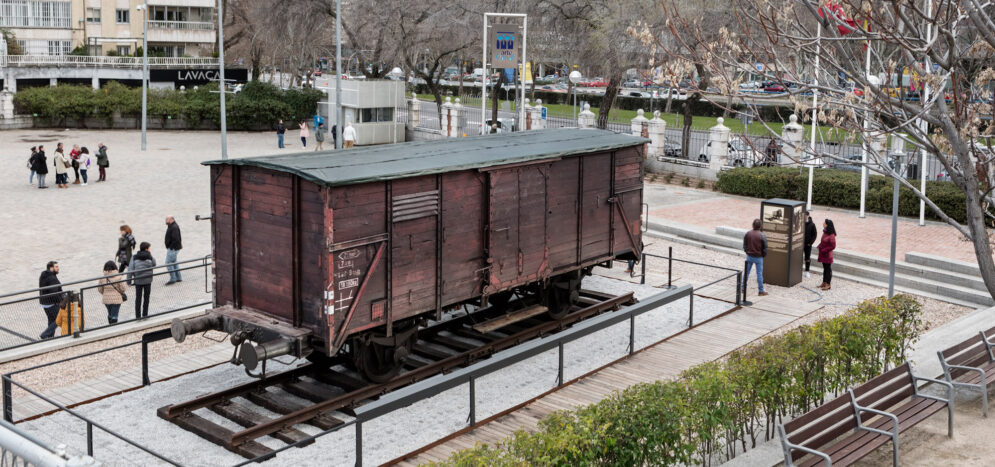A beginner’s guide to understanding scarcity, value, and historical weight
Not all railway photographs are created equal.
Some are mass-produced, printed in postcards by the thousands.
Others are forgotten frames, capturing once-in-a-lifetime events or machines that vanished before most ever saw them run.
Collectors and historians know that rarity in railway photography isn’t just about age. It’s about context, timing, and provenance.
But if you’re just getting started, how do you tell what’s truly rare and what’s simply old?
Here’s what we’ve learned from curating over 150,000 photographs across Europe’s rail history.
1. Look at the Subject, Not Just the Scene
A well-composed image can be beautiful, but rarity lives in the subject.
Ask:
- Is the locomotive a prototype or part of a limited series?
- Was it retired early, destroyed in war, or built in very low numbers?
- Is it a lesser-known variation of a common model?
For instance, an early version of the BR 05 with aerodynamic casing tells a deeper story than yet another image of the BR 44 in action.
Rarity often comes down to detail.
2. Time and Place Matter
A photo taken during wartime, at a closed factory siding, or on a decommissioned route is instantly more significant than one taken at a major station decades later.
Some collectors specifically seek photos from certain years (like the immediate post-war period in East Germany, or the final years before full diesel conversion).
These transitional windows hold more value than stable, well-documented eras.
3. Look for Human Context
Photos that feature engineers, station workers, or local life offer more than just machinery. They place the railway in its social setting. A child waving at a train from a platform in 1936 can turn a standard shot into a piece of cultural memory.
The rarer the moment (a farewell journey, a snow-clearing test run, a presidential train inspection), the more sought after the image becomes.
4. Pay Attention to Photographer and Print
Who took the photo matters!
In the same way an original Ansel Adams print carries more weight than a reproduction, a photo by a respected railway photographer has immediate provenance. Was it published in magazines? Sold in limited prints? Stored in personal archives?
A rare photo is not just rare because of what’s in it, but because of who stood behind the lens, and how that photo was handled over the decades.
5. Rarity Doesn’t Always Mean Beauty
Some of the rarest images in our archive are scratched, grainy, or imperfectly framed.
That’s because they weren’t meant to be iconic. They were documentation, taken in poor weather, at awkward angles, on cheap film.
But they captured something no one else did.
In the world of railway preservation, historical value often beats aesthetic perfection.
How We Identify Rare Pieces at Aurora
At Aurora, we flag potential rare images using a few core filters:
- Unusual models or configurations
- Captions or markings tied to key historical events
- Locations no longer in operation
- Photographers with high collector recognition
- Manual confirmation from railway historians
We don’t just rely on AI tagging or automated metadata. Rarity takes research. It’s one of the reasons we’re building the archive for serious collectors and researchers. Not just casual browsers.
TL;DR:
- Rare railway photos often feature prototypes, rare models, or significant historical moments.
- Context, photographer, and location all influence rarity.
- Beauty isn’t the main factor. Accuracy and uniqueness are.
- At Aurora, we use expert input and historical context to surface rare items in the collection.


